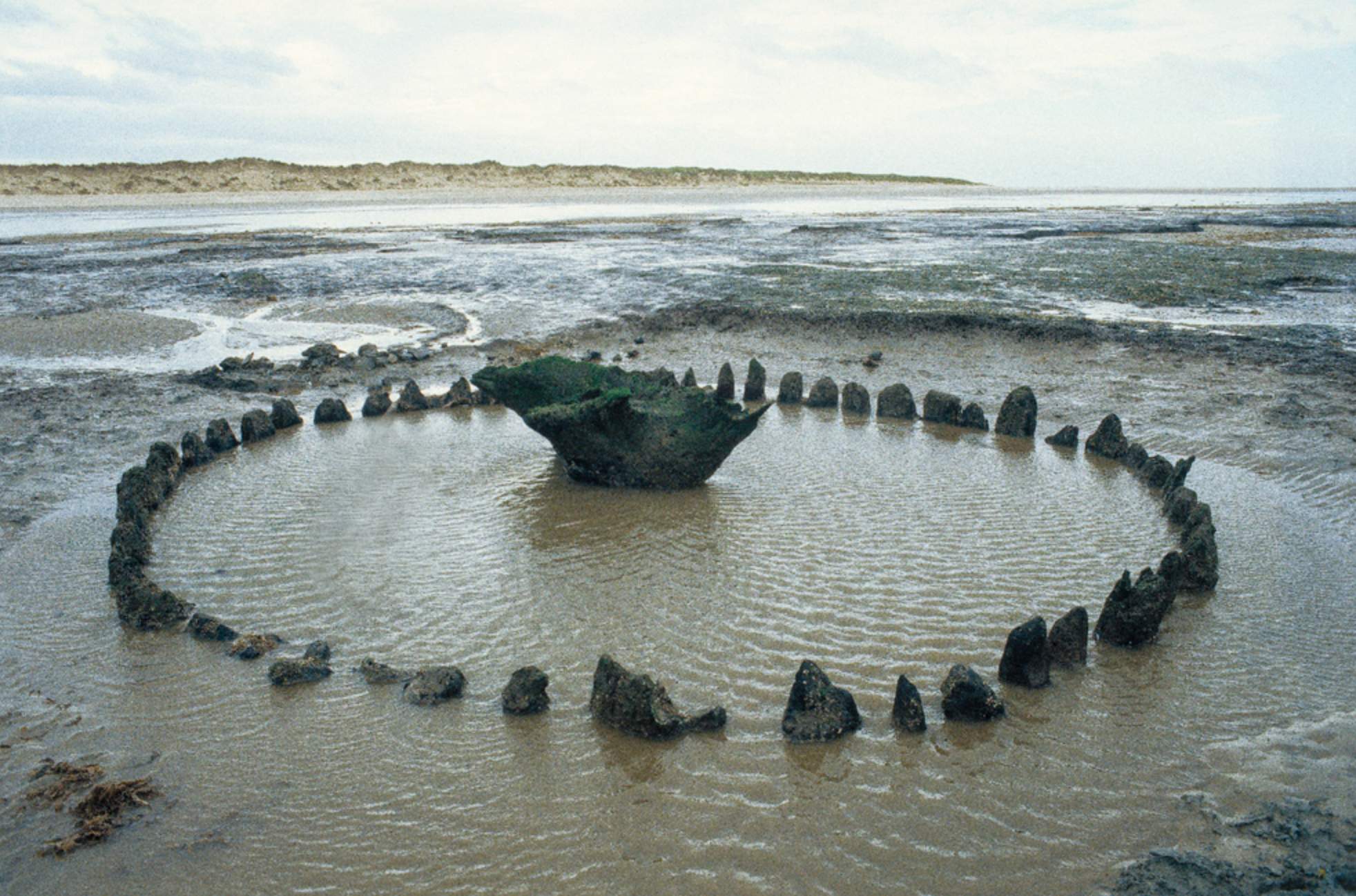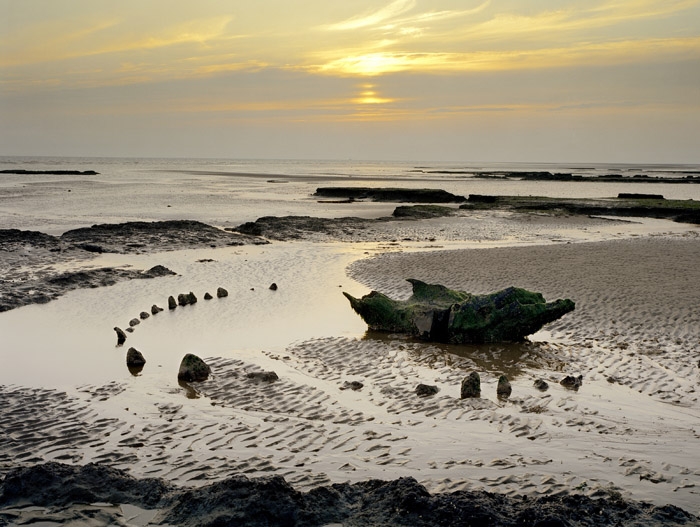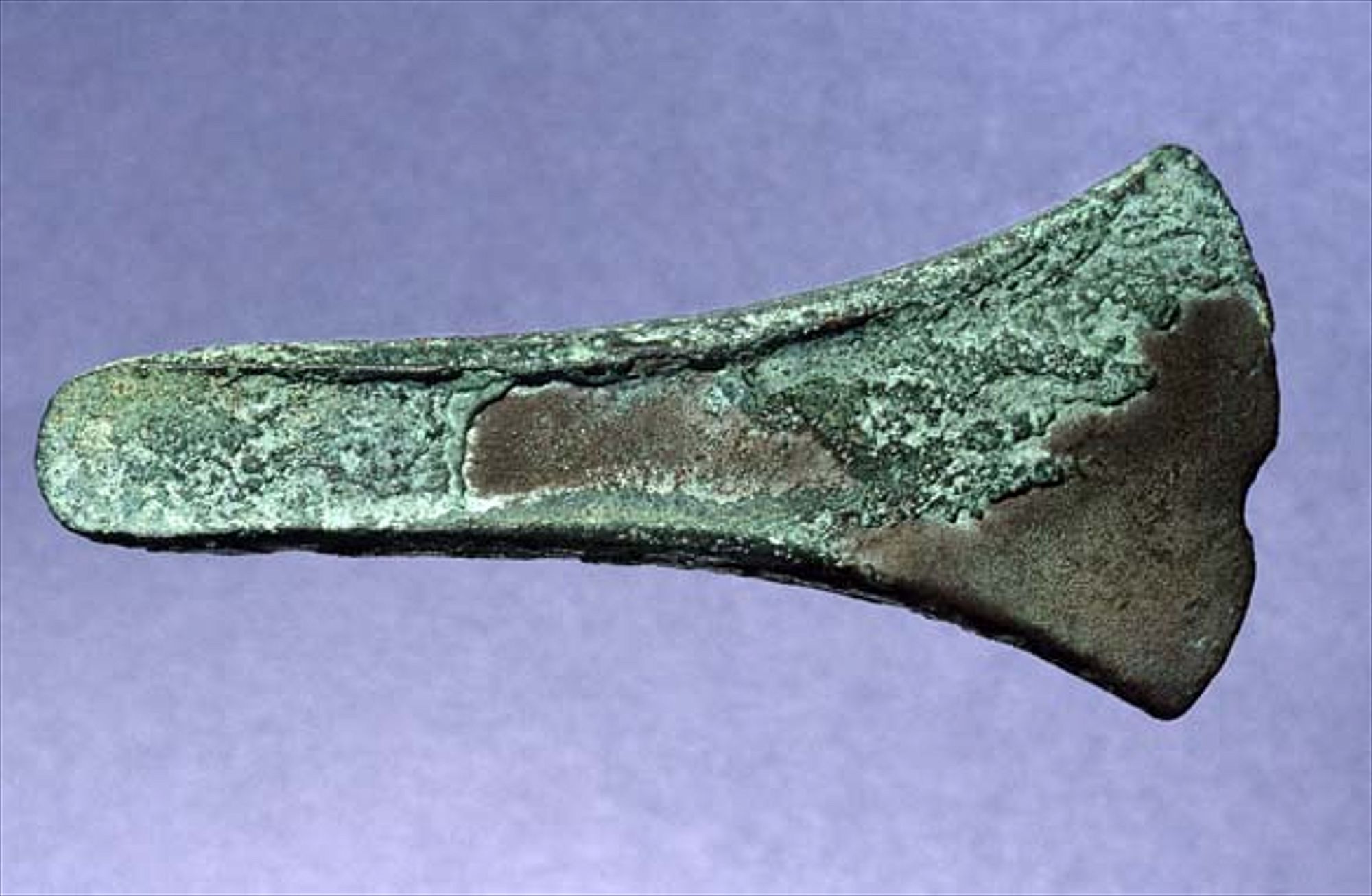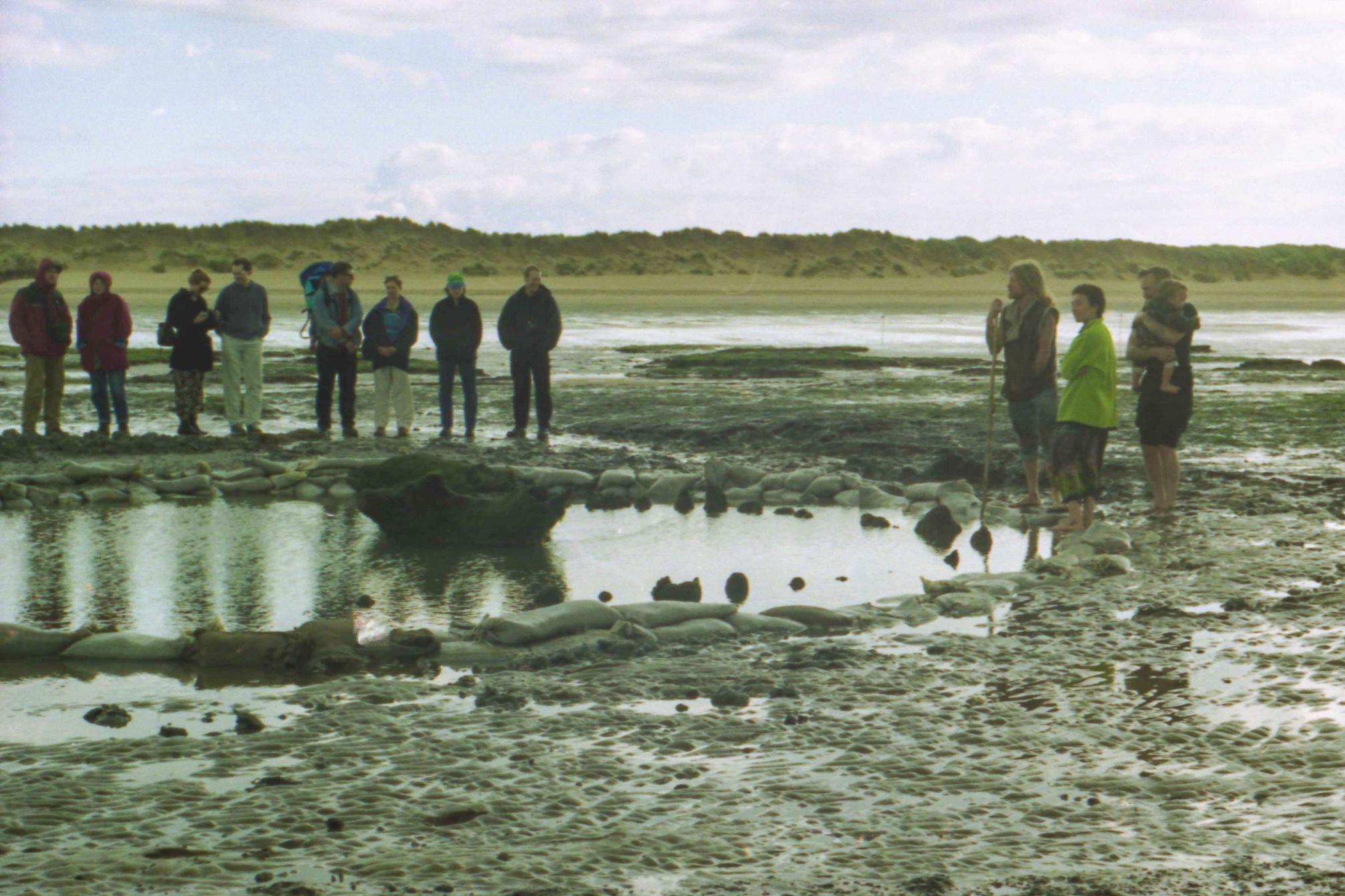In the heart of the United Kingdom, a rich tapestry of ancient monuments weaves a captivating narrative of civilization’s evolution. Stretching back to a time when these lands were home to a myriad of tribal cultures, these relics offer a glimpse into a world steeped in mysticism and symbiosis with nature. From burial mounds and megaliths to the renowned Stonehenge, these relics symbolize a tangible link between the present and the past. One such extraordinary discovery, however, stands apart, intriguingly crafted not from stone, but wood! This article unfolds the enigma surrounding this mysterious ancient monument, the so-called Seahenge.

Tracing the roots of Seahenge
Nestled on the eastern coast of the UK, the tranquil village of Holme-next-the-Sea, Norfolk, seems like an unlikely location for groundbreaking archaeological discovery. Yet, in 1998, this serene seaside hamlet became the center of global attention when a local amateur archaeologist, John Lorimer, stumbled upon a Bronze Age axe head on the beach. Intrigued, Lorimer continued his explorations, which led to an even more significant find—an upturned tree stump emerging from the sandy shoreline.
As the tide retreated, the stump’s true form unfolded—it was part of a hitherto unseen circular arrangement of timber posts with the upturned stump at its core. This unexpected discovery swiftly captured the attention of professional archaeologists, who soon arrived at the scene to reveal the full extent of this extraordinary find.
Seahenge: A unique Bronze Age creation
The Seahenge, as it came to be known, was not only unique but also incredibly ancient. Radiocarbon dating revealed that the timber circle was erected around 2049 BC during the Bronze Age, a fact determined by examining the age of the trees used in the construction.
The monument comprised fifty-five split oak trunks arranged in a circle spanning approximately 7 by 6 meters (23 by 20 feet). Intriguingly, the trunks were split in half vertically, positioned with the rounded bark side facing outwards and the flat side inwards, except for one trunk, which was placed in reverse order.
One particular trunk featured a Y-shaped fork, creating a narrow entrance into the enclosure. In front of this opening stood another trunk, providing a visual barrier to the inner circle. Enclosed within the timber circle was the iconic upturned tree stump, with its roots reaching skyward.

Decoding the purpose of Seahenge
Unraveling Seahenge’s purpose has been a challenging endeavor for archaeologists and historians alike. The prevailing consensus points to a ritualistic function, possibly related to Bronze Age burial practices.
One theory proposes that Seahenge was used for excarnation, an ancient funerary practice involving the removal of flesh from bodies, akin to the modern Tibetan Sky Burial. The deceased were likely placed atop the upturned stump, exposed to the elements and carrion birds. This practice suggests a belief in the continuation of the spirit after the body’s physical decay, with the remains being consumed and dispersed by birds of prey.
Additionally, Seahenge may have served as a ceremonial site, its layout symbolizing the boundary between life and death, between the mortal world and the realm beyond. Its proximity to the sea suggests that Bronze Age people may have perceived the sea as the edge of the world, with the afterlife lying beyond the horizon.
The exact nature of Seahenge’s original purpose, however, remains an enigma. Yet, its unmistakable importance to the ancient inhabitants of the region is evident in the monument’s symbolic design and elaborate construction.
Insights into Bronze Age Britain
Seahenge provides invaluable insights into the lives of Bronze Age people in Britain. The preserved timber offers tangible evidence of the techniques applied by these early builders. Visible marks on the trunks suggest the use of bronze axes, likely sourced from the Cornwall region, indicating trading relationships between the tribes.

Further research suggests that the Seahenge construction was a significant event, likely involving a substantial workforce, possibly as many as 50 individuals. This finding highlights the existence of strong communities and the familiarity with large-scale construction projects in the Bronze Age.
The landscape of Seahenge
Research indicates that the surrounding environment of Seahenge has undergone significant changes since its construction. Originally, the monument was likely built further inland, on a salt marsh or tidal marsh. Over time, this marsh transformed into a freshwater wetland, encouraging tree growth and the formation of peat layers. As the sea levels rose, these peat layers were submerged and covered with sand, effectively preserving Seahenge’s remains.
Despite limited excavation opportunities, some valuable artifacts were discovered near Seahenge, including Bronze Age pottery sherds, suggesting the site was still in use several centuries after its initial construction.
The debate over Seahenge’s future
Seahenge’s discovery ignited a fierce debate about its preservation and ownership. The local community hoped to retain the monument and attract tourists to the region. In contrast, ‘modern Druids’ and ‘Neopagans’ opposed any disturbance of the site, while archaeologists advocated for its preservation in a museum.

The conflict attracted significant media attention, culminating in a high court injunction preventing protesters from approaching the site. Eventually, the English Heritage team managed to excavate and remove the Seahenge remains, despite strong opposition from various factions.
Seahenge’s present status
The Seahenge remains were transported for preservation to the Fenland Archaeology Trust’s field center at Flag Fen, Cambridgeshire. Here, they were immersed in fresh water for cleaning, scanning, and further conservation. An innovative preservation method was employed, soaking the timber in wax-emulsified water, effectively replacing the moisture in the wood with wax. In 2008, a Seahenge replica was put on display at the King’s Lynn Museum in King’s Lynn.
Seahenge: A timeless link
Seahenge is not the only wooden circle discovered in England. A second, smaller timber circle was found just a hundred meters east of Seahenge, underscoring the significance of these structures in Bronze Age Britain, particularly in East Anglia.
These archaeological treasures offer invaluable insights into the Bronze Age cultures of Europe, revealing a society deeply connected to nature, steeped in mysticism, and capable of remarkable architectural feats. With Seahenge now preserved, these connections to our ancient past have become timeless.




